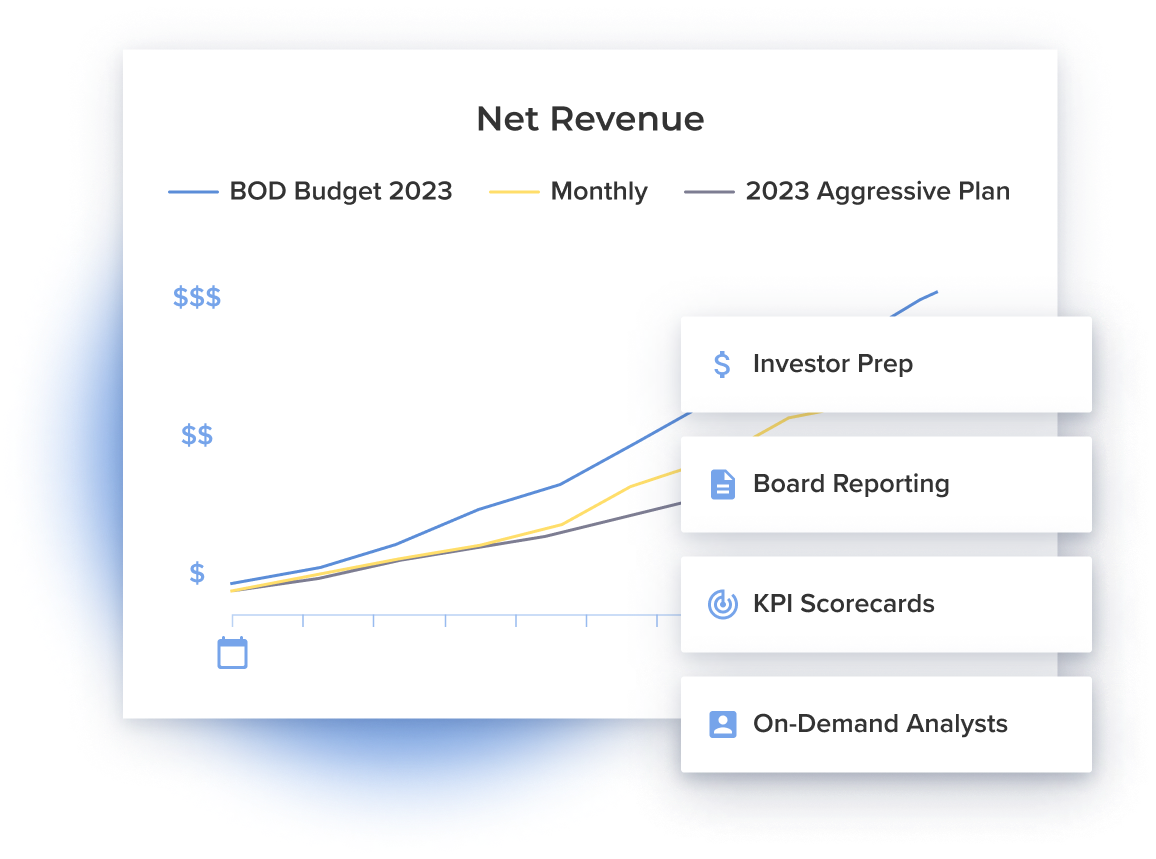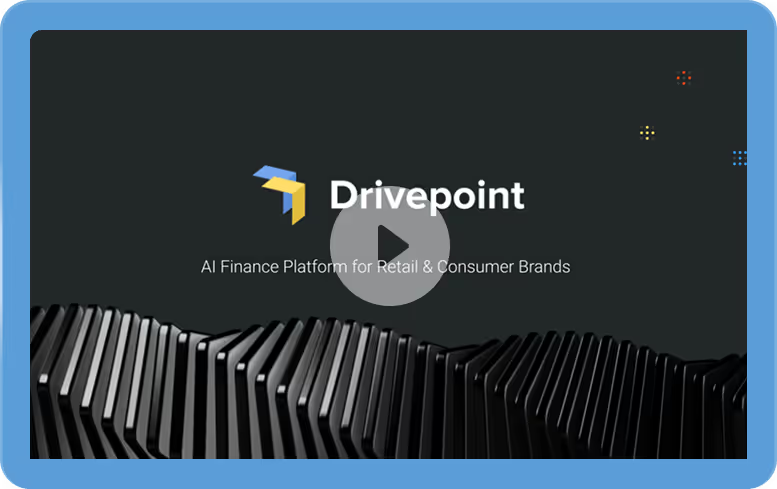
Every DTC company faces the same hurdle: how will potential customers discover your product? Modern DTC brands often turn to digital advertising to cross the discovery hurdle. DTC ads on Facebook and Google allow brands to reach large, highly-targeted audiences. But, a shortsighted approach can leave you paying more to reach online audiences than you’re making back in profit.
Here are a few things to consider when planning or evaluating your DTC digital advertising approach.
Choose the Right Methodology to Determine Advertising Performance
Return on ad spend (ROAS) is a popular metric, but its heyday was a decade ago.
First, how are you measuring the “R” part of ROAS? Most people are talking about revenue. But that doesn’t take into account the costs to you of the product, fulfillment and OpEx.
Second, who is doing the measuring of revenue? Are you using the revenue claimed by Facebook and Google or what you see in Shopify? Does the revenue in the equation include sales from all customers or just first time purchasers? Does the ad spend (the “AS” part of the equation) include the cost to you to run that channel? If you are paying an agency 10% of ad spend to run FB campaigns, is that included in the equation? ROAS is a favorite of ad agencies because they know how to manipulate the equation to make it look like you are killing it. If you are relying heavily on ROAS to gauge your performance, stop and spend the time to develop a deeper understanding.
💡 The lifetime value to customer acquisition cost ratio (LTV:CAC) gained popularity in SaaS and found its way to DTC. It’s a big step in the right direction, but you need to be ruthless about how you calculate it.
Calculating the LTV to CAC Ratio Properly
Let’s say the LTV of your customer is $200 and it costs you $50 to acquire each customer, then $200 / $50 = 4 and you would have a LTV:CAC ratio of 4. Every dollar of ad spend yields 4 dollars of LTV. Sounds awesome! Let’s crank up the spend.
But like ROAS, you have to think in terms of contribution dollars. How much do you make after cost of goods sold (COGS) and cost to fulfill? So, the LTV part of the equation should be using lifetime contribution dollars per customer.
Also, CAC should be “fully loaded,” which is the total cost of the advertising including the people or agencies or contractors needed to run them. Just using your working media CAC (e.g. the number that shows up in your Facebook dashboard) gives a falsely low CAC and implies that your dollars are more effective than they are. For example, if your ad agency is charging you 10% to run your campaigns, then your ad spend is really 10% higher. But it’s in the LTV part of the equation that this methodology struggles.
In a SaaS use case, you can determine LTV because you have an observable churn in your customer base. You can see that every month you lose 1% of your customers (or revenue.) Therefore you can calculate LTV by taking dollars per customer / (1-churn rate).
You are probably asking yourself, what’s my churn rate? SaaS business models are built around consumption. The customer buys something and then consumes it. Maybe the plan is monthly and annual. Maybe it’s metered around usage and you pay for usage in advance. Unless you are a pure subscription model, you don’t really have the same consumption and thus repeat dynamics.
Instead, you likely have repeat customer rates and you can understand how customers and cohorts of customers continue buying into the future. So, LTV is an interesting idea for DTC, but it doesn’t translate perfectly.

At Bainbridge, we model value over specific time periods. For example, we will model customers’ revenue, gross profit and contribution dollars in month of acquisition, and then at 6 months, 12 months, 24 months, and 36 months after acquisition. We then talk about CAC relative to these specific time periods.
💡 We prefer to use payback period as the defining KPI of an advertising program’s success. Payback period tells you how long it takes to recoup (in contribution dollars) your cost to acquire a customer. The acid test for payback period uses fully-loaded CAC and contribution margin.
There are three reasons we believe payback period is where you should start when assessing ad effectiveness and budget:
- Repeat purchases take work. You got a new customer (way to go!) but now you need to keep them coming back. That means continuing to innovate, add products they want, give great service and marketing. As you extend out your payback period, you are increasing all the work your company needs to do to get the additional sales and eventually to profitability. A payback period of 3 months means a lot less work than 18 months.
- A dollar today is worth far more to you than a dollar a year from now. You need cash! Cash lets you grow and achieve your vision. Dollars way out in the future are nice, but they also mean you are going to need to borrow money or raise capital in order to get the today dollars you need to grow.
- Retail changes rapidly. A lot can change in six months, let alone two years. Thus making accurate assumptions about the future of your sales performance is very difficult As you extend your payback out into the future, you increase the risk of being wrong.
Payback period is just one of the metrics that our data-driven DTC management software tracks to help founders and their teams understand what’s working. It’s also one of the key metrics that the best in the business (like Wayfair) use.
Zachariah and Aron at Ro have put together an excellent and detailed explanation of DTC metrics and how to use them. It’s worth checking out (and bookmarking.)
Putting it Together
- Start by calculating your payback period. Then look at the relationship between raising CAC and your payback period. You can increase your CAC in order to get more customers, but you are pushing out your payback period. A good test is imagining you are pitching a VC and they ask you what your payback period is. Does your answer raise eyebrows or get them excited? While every business is different, I think it would be hard to get a VC excited about an 24 month payback period, for example.
- Next calculate your LTV:CAC ratio for various timeframes. You should know it for the month of acquisition, as well as months 6, 12, and 24 at minimum. You can go out longer, but remember the points about payback period above.
In your business you want as short a payback period as possible with as much additional contribution margin thereafter. (No duh, right?) You will have to decide what your business can handle, but whether you are chasing VC funding or building for yourself and profitability, you want to be confident you can get paid back relatively quickly and then have a big contribution upside thereafter.
And I can’t miss this opportunity to add a plug for Bainbridge: we do all the hard work to figure out cohort by cohort revenue and automatically calculate the LTV:CAC and payback periods referenced above.
Sales Attribution: The Fool's Errand (but you have to be a fool)
My co-founder and I spent years in ad tech and I can say with complete confidence that no one has perfect attribution.
And it might be heresy to my former adtech comrades, but I would also argue that attribution quickly becomes a rabbit hole that leads to the world’s biggest rabbit warren where you will get lost for years trying to find the answer. Facebook and Google will never tell you. Hell, Google built a trillion dollar empire on last click attribution. So, unless you are spending hundreds of millions a year on performance advertising and have the capital and desire to hire PhDs and small armies of data scientists, what should you do?
The problem is that people go on convoluted customer journeys before and after they make online purchases. We see ads, we search for things, we read reviews, we visit websites, we talk to friends, we overhear people on the subway. A bunch of us end up Googling something and then clicking on the link for whatever reason, going to the site and buying. Google pats itself on the back, takes 100% of the credit and gets back to spending its billions. ‘But what about me!’ shouts Facebook and the other advertising channels ‘without my ad, you would never have even known what to search for!’ ‘But they didn’t click on your ad, they clicked on mine’ says Google from their yacht off Mallorca. So Facebook rolls out view attribution. See, look at how well these Facebook campaigns do, here are all the views of your ads and here are the sales as a result of those views and you should definitely spend more money with us.
🤬 Here’s the part where you get to say that view attribution is bullsh*t and Facebook is full of it.
But, now what? If I just use click attribution for Facebook, I can’t spend any money and drive any real growth. To solve this conundrum, go back to what you do know. You know that last click attribution is BS and you know that view attribution is BS. Our advice is: don’t try for perfect attribution. Play with weightings for view attribution until you find a blended rate that is defensible based on your data. Then, refine your approach as you get more data and more resources.
You still have the guide rails of payback period and LTV:CAC. So, if Facebook is claiming you have a $50 CAC, but your payback model based on your observed data is telling you that you now have an unacceptably long payback period, then your attribution model is off and you need to adjust it.
Plan for Fluctuations with a Rolling Forecast
At Bainbridge, we focus on three types of plans:
- The Annual Plan is your articulation of your longer term strategy. It’s what you share with your board and investors and the team at the start of the year. It’s also what you use to plan for long lead time activities like adding new product lines, new suppliers, new marketing channels, new hires, etc.
- Monthly Plans and the Rolling Forecast are what you use to plan the next month and then the subsequent 12 months. The number one purpose of the Monthly Plan is to help you and the team better understand your company and the levers you can pull to maximize value. Making plans forces you to make assumptions. Tracking actual performance against projections or goals in your plan forces you to understand what you know how to do and what you need to work on. Making those adjustments and improvements quickly helps you compound your growth. The second big purpose of the Monthly Plans and Rolling Forecasts is to help you tactically budget inventory, ad spend and other shorter term activities.
- What If Scenarios, the third type of plan, help you create multiple visions of the future to better understand what could be, or what could go wrong, and how you can handle it.
Use your Monthly Plans to set ad budgets in relation to what is happening with your business. Are inventory shipments delayed? Check your ad budget. Should you be spending less? Are sales slower? Check your ad budget. Are you spending enough to clear inventory, free up capital and grow?
Our customers have access to data-driven models of these Annual Plans, Monthly Plans, Rolling Forecasts, What if Scenarios. This dashboard makes it easy to access where you stand in relation to your goals, and to track these actuals against all of your plans simultaneously.
Answer Some Key Questions Around Management
As I mentioned in relation to media fees earlier on, being aware of how your resourcing impacts your ad spend and performance is necessary as well.
Who on the team is responsible for ad performance? There can only be one throat to choke.
Is everyone clear on ad metrics and how they are being calculated? Do you have the ability to track your ad performance metrics? Ideally this is done daily but never more than weekly
If you are using an agency, is the collection of data and calculating metrics separate from the agency? Agency 101 is proving how successful their ad campaigns for you are. Don’t let them grade their own homework.
Interested in seeing your company’s unified DTC data in the Bainbridge platform? Try it today.
Subscribe to our newsletter

Ready to see what you can do with Drivepoint?
Learn how other consumer and CPG brands are driving margin and cashflow with Drivepoint









